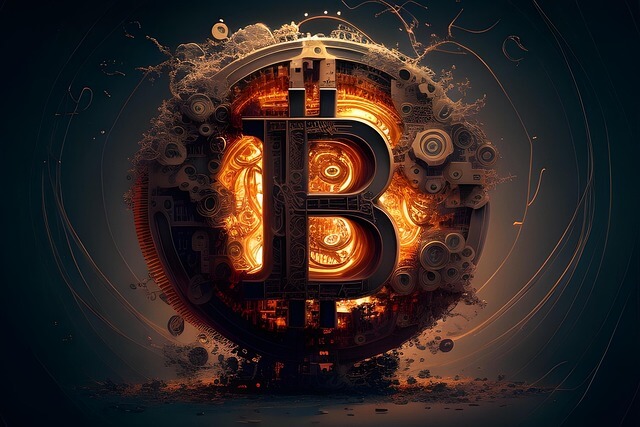Why Some Investors Still Treat Bitcoin Like Digital Gold
The comparison between Bitcoin and gold has lingered for years, resurfacing whenever markets feel uncertain. It’s a strange parallel at first glance, one born in mines and the other in code, yet the connection endures. Even now, as digital finance grows more complex, some investors still cling to the idea that this coin carries the same essence of preservation that gold once symbolised.
This belief doesn’t rest entirely on logic. It’s partly emotional. Gold has long stood for safety, a physical hedge against collapsing systems. The digital asset, meanwhile, emerged from distrust in those very systems. When economies falter or currencies weaken, both seem to offer something familiar: independence. They move differently, they belong to no single government, and they exist beyond traditional control. For investors searching for stability in uncertain times, that independence feels almost precious.
In many ways, the link grew stronger after repeated financial shocks. As inflation rose and national debts deepened, the narrative of limited supply took hold. Its fixed quantity mirrors gold’s scarcity, and that mathematical constraint has given believers confidence. They argue that scarcity alone can create reliability, though others point out that digital scarcity depends entirely on faith in code. Still, faith rather than proof has always driven value, and its endurance reinforces that idea.
Critics, of course, see the comparison as romantic. They remind investors that this technology lacks the long history of trust that gold earned through centuries of use. Its volatility contradicts the calm reputation of a safe haven. A price that can double or crash within weeks hardly resembles stability. Yet even this volatility hasn’t erased the analogy; if anything, it adds drama to the story. The asset behaves like a mirror for the emotions of the age, fear, speculation, ambition.
The investors who still treat Bitcoin as digital gold often share similar habits. They hold rather than trade. They follow global economic headlines instead of daily charts. For them, its value isn’t in quick returns but in symbolism. It represents the idea that technology can restore control to individuals when institutions falter. The profit, if it comes, is secondary to the comfort of knowing they own something that cannot easily be seized or inflated away.
Part of this perception comes from generational change. Younger investors grew up in a digital world where ownership already felt abstract. Music, photos, and data live in the cloud; why not wealth? To them, storing value in a blockchain feels as natural as keeping gold once did to their grandparents. The shift isn’t about rejecting tradition but translating it, turning the physical assurance of gold into the digital confidence of this new form of money.

Image Source: Pixabay
The comparison also highlights how both assets respond to uncertainty. When global tensions rise, both often attract renewed attention. Each acts as a kind of psychological refuge, one tangible and the other virtual. Analysts may debate the data, but perception shapes behaviour. If enough people treat it as a hedge, it starts to behave like one, creating a self-fulfilling rhythm that keeps the gold analogy alive.
Of course, the relationship between the two remains fragile. Gold sits in vaults; the digital counterpart exists in encrypted code. One can be melted, the other deleted. Their natures differ entirely, yet both depend on belief. The strength of that belief determines value, not the material itself. That shared dependence on trust makes them more alike than either side of the debate likes to admit.
As markets continue to shift, the conversation will likely continue as well. Some will move on to newer technologies, others will keep stacking digital coins the way previous generations collected bars and jewellery. What matters most is not whether Bitcoin truly matches gold, but why people continue to see it that way. In a world where certainty feels rare, symbols of permanence, real or imagined, carry weight. Perhaps that is why it continues to earn a place in portfolios built to outlast panic.
Comments